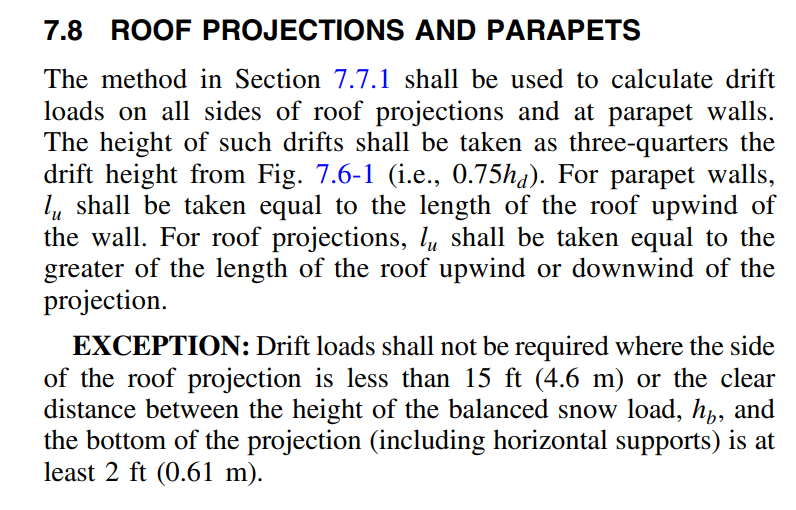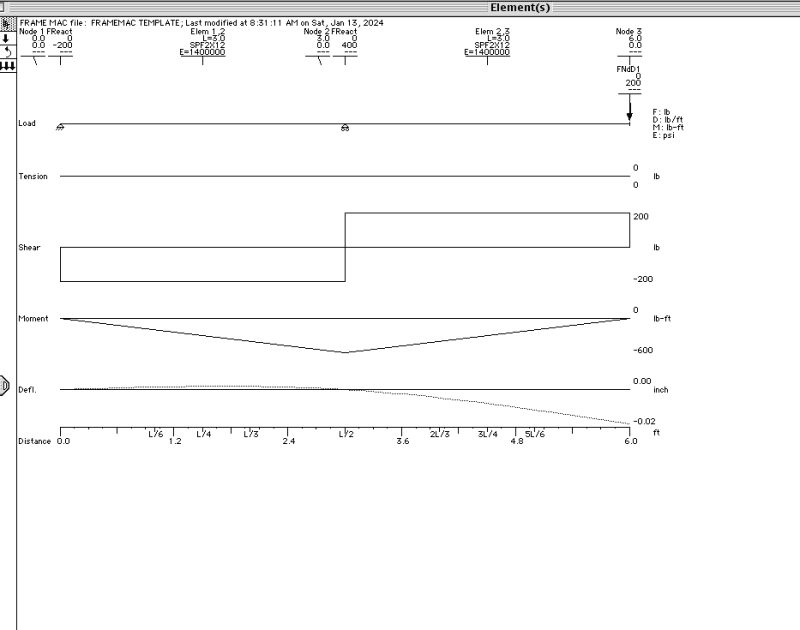mfstructural
Structural
Hey everyone,
I'm working on a project where an RTU is being added to a roof framed with wood trusses. I'm placing the RTU over a steel beam down the center of the commercial space, at a column location. I have access to original design drawings which specify 15 psf top chord loading and 10 psf bottom chord loading. All we have at the building is the trusses, sheathing and layer of roofing.
The unit is 74 inches long parallel to the trusses, so curbs located 3'-1" off the center of the beam (see attached screenshot).
I evaluated the trusses by first creating moment and shear diagrams for the original span with 15 psf TC dead loading, and 20psf snow loading (snow drift does not affect this area of the truss). I then created a second moment and shear diagram set for the same truss span, but with 10 psf TC dead load and the point load of 173 pounds at 3'-1" from the end of the member. I reduced the dead load to 10 since the 5psf is considered miscellaneous and wanted to take advantage of it. When I do this, I overstressed in shear by 6% at the point of load. Everywhere else along the beam, and in the 3'-1" span between the point load and end of beam, the stress difference is about 3%.
I'm debating on whether to reinforce the truss for shear based on the 6%, which exceeds the 5% allowed by code.
My other question is, what are the preferred methods of reinforcing? I'm deciding between attaching 1/2" sheathing to each side of truss for first three feet, or just fastening an LVL to the top chord. I understand the shear will be transferred through the truss connector plate connections, but I think the LVL attached to top chord should be sufficient for this case. I wanted to get some thoughts on how people have done this in the past. see images attached
Thanks
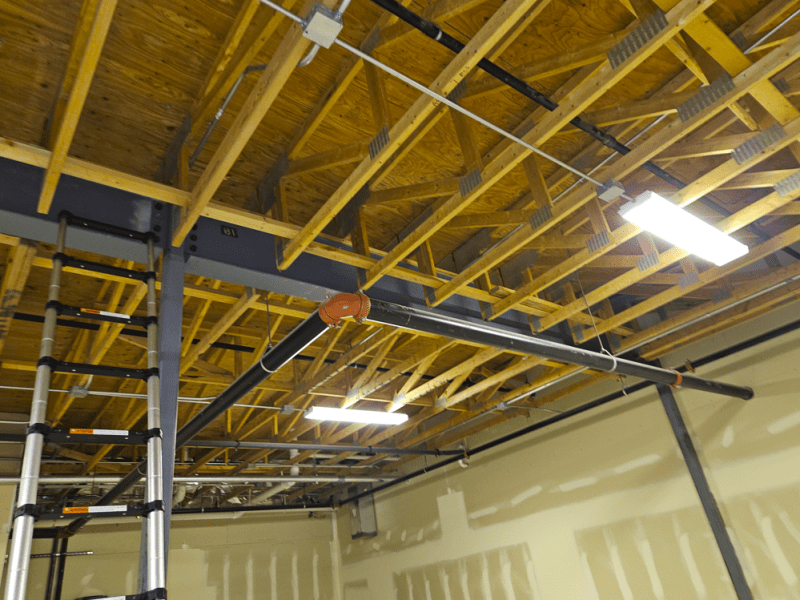
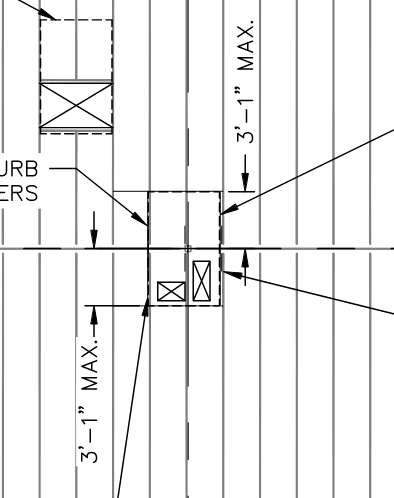

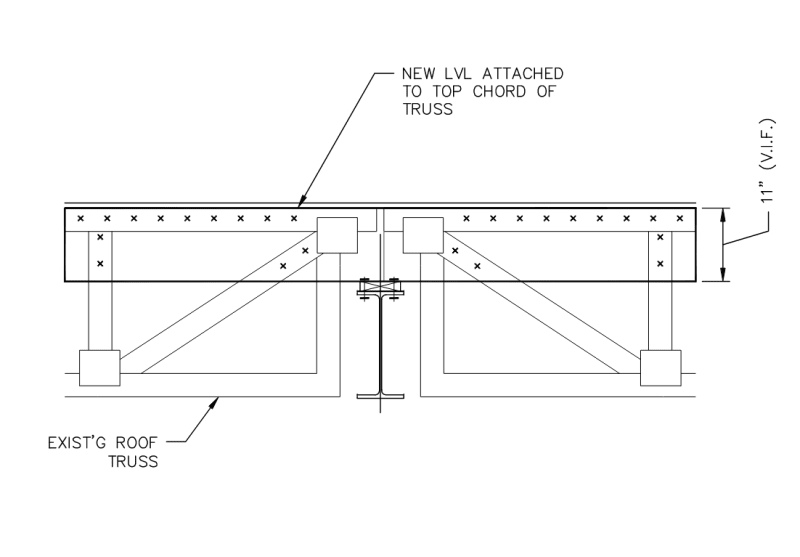
I'm working on a project where an RTU is being added to a roof framed with wood trusses. I'm placing the RTU over a steel beam down the center of the commercial space, at a column location. I have access to original design drawings which specify 15 psf top chord loading and 10 psf bottom chord loading. All we have at the building is the trusses, sheathing and layer of roofing.
The unit is 74 inches long parallel to the trusses, so curbs located 3'-1" off the center of the beam (see attached screenshot).
I evaluated the trusses by first creating moment and shear diagrams for the original span with 15 psf TC dead loading, and 20psf snow loading (snow drift does not affect this area of the truss). I then created a second moment and shear diagram set for the same truss span, but with 10 psf TC dead load and the point load of 173 pounds at 3'-1" from the end of the member. I reduced the dead load to 10 since the 5psf is considered miscellaneous and wanted to take advantage of it. When I do this, I overstressed in shear by 6% at the point of load. Everywhere else along the beam, and in the 3'-1" span between the point load and end of beam, the stress difference is about 3%.
I'm debating on whether to reinforce the truss for shear based on the 6%, which exceeds the 5% allowed by code.
My other question is, what are the preferred methods of reinforcing? I'm deciding between attaching 1/2" sheathing to each side of truss for first three feet, or just fastening an LVL to the top chord. I understand the shear will be transferred through the truss connector plate connections, but I think the LVL attached to top chord should be sufficient for this case. I wanted to get some thoughts on how people have done this in the past. see images attached
Thanks





